Archives
- 2018-07
- 2018-10
- 2018-11
- 2019-04
- 2019-05
- 2019-06
- 2019-07
- 2019-08
- 2019-09
- 2019-10
- 2019-11
- 2019-12
- 2020-01
- 2020-02
- 2020-03
- 2020-04
- 2020-05
- 2020-06
- 2020-07
- 2020-08
- 2020-09
- 2020-10
- 2020-11
- 2020-12
- 2021-01
- 2021-02
- 2021-03
- 2021-04
- 2021-05
- 2021-06
- 2021-07
- 2021-08
- 2021-09
- 2021-10
- 2021-11
- 2021-12
- 2022-01
- 2022-02
- 2022-03
- 2022-04
- 2022-05
- 2022-06
- 2022-07
- 2022-08
- 2022-09
- 2022-10
- 2022-11
- 2022-12
- 2023-01
- 2023-02
- 2023-03
- 2023-04
- 2023-05
- 2023-06
- 2023-07
- 2023-08
- 2023-09
- 2023-10
- 2023-11
- 2023-12
- 2024-01
- 2024-02
- 2024-03
- 2024-04
- 2024-05
- 2024-06
- 2024-07
- 2024-08
- 2024-09
- 2024-10
- 2024-11
- 2024-12
- 2025-01
- 2025-02
- 2025-03
-
SGLT inhibitors have been accepted as
2022-01-28
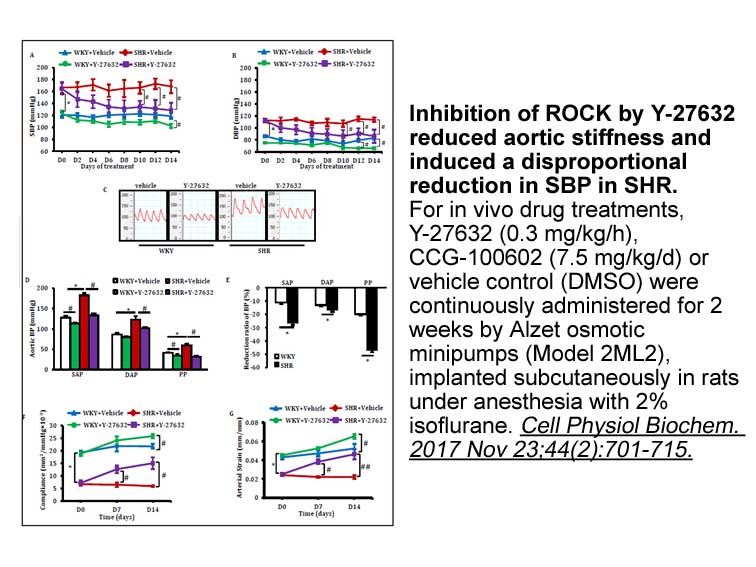
SGLT-2 inhibitors have been accepted as a new class of antidiabetic agent (Kurosaki and Ogasawara, 2013). They limit renal glucose reabsorption and promote urinary excretion of glucose, thereby reducing plasma glucose levels (de Leeuw and de Boer, 2016, Jojima et al., 2016, Pérez López et al., 2010,
-
GKRP binds to the inactive super open conformation of
2022-01-28
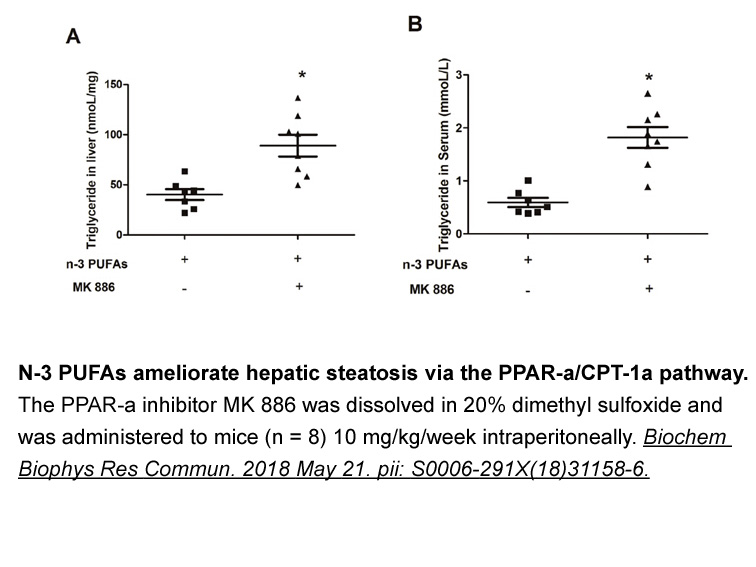
GKRP binds to the inactive, super-open conformation of GCK, acting as a competitive inhibitor of glucose association with the enzyme (Fig. 3) [45]. Upon formation of the inhibitory complex with GKRP, GCK is sequestered into the hepatocyte nucleus [48]. The detailed mechanism by which GKRP mediates t
-
br Introduction The glucagon receptor GCGR is
2022-01-27
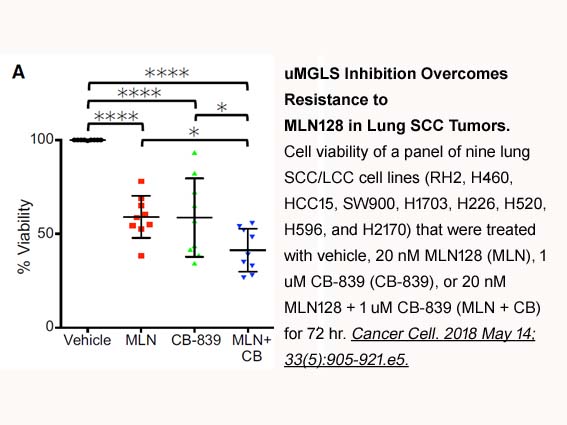
Introduction The glucagon receptor (GCGR) is a G-protein-coupled receptor expressed mainly in the liver and kidney. Upon glucagon binding, it activates the stimulatory G protein (Gs) and increases cAMP level, subsequently transducing glucagon signaling involved in glucose, amino acids and lipid m
-
Liver is the house for a variety of xenobiotic metabolizing
2022-01-27
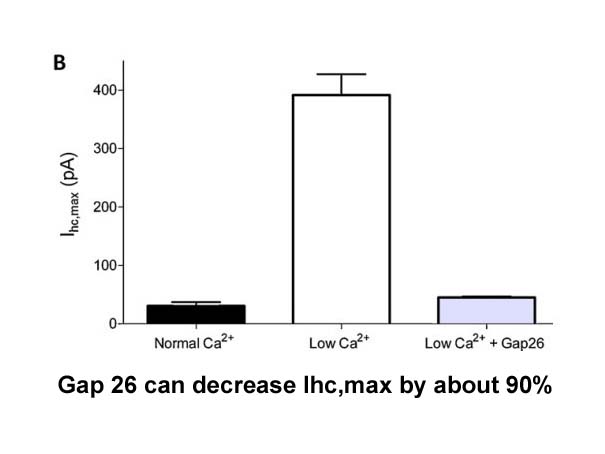
Liver is the house for a variety of xenobiotic-metabolizing Haloperidol synthesis that produce reactive oxygen species as well as reactive metabolites (Johansson et al., 2009; Noh et al., 2017; Puntarulo and Cederbaum, 1998). When the enzymes act upon pre- or pro-haptens, the chemicals would be act
-
G quadruplex DNA structures may
2022-01-27
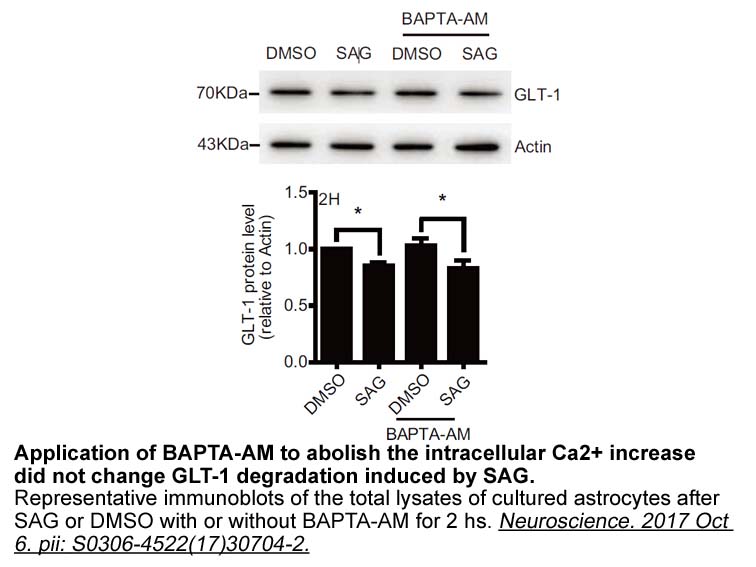
G-quadruplex DNA structures may exist in either positive or negative strand of a promoter to regulate gene expression. The positive strand of the HOXC10 promoter is overall C-rich in the 1000 bp upstream of the TSS (36.6% of C versus 24.1% of G) and contains many C-runs; thus, G-quadruplex structure
-
We next investigated whether pharmaceutical inhibition of th
2022-01-27
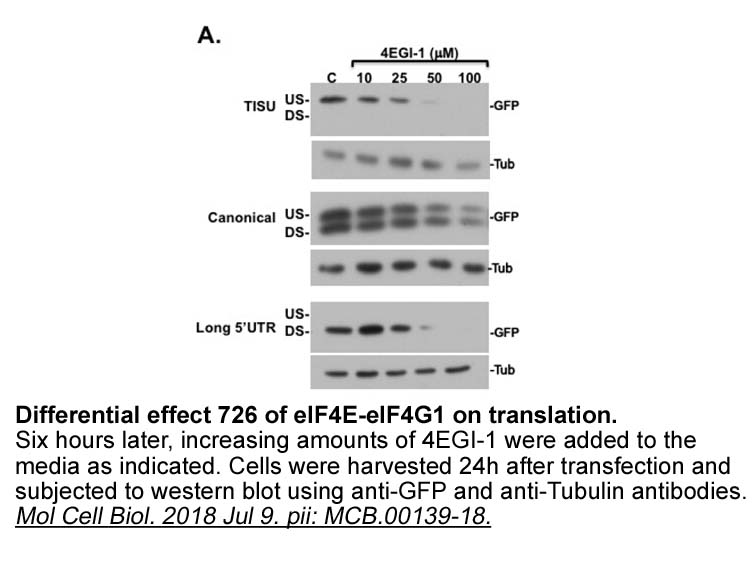
We next investigated whether pharmaceutical inhibition of the PI3K pathway was synergistic with FGFR inhibition using BKM120, a pan-PI3K inhibitor with modest antitumor activity in cancer patients, as a single agent. We found that RT112 (- translocation) and JMSU1 ( amplification) were not significa
-
The binding of DHAP to aldolase resulted in a
2022-01-27
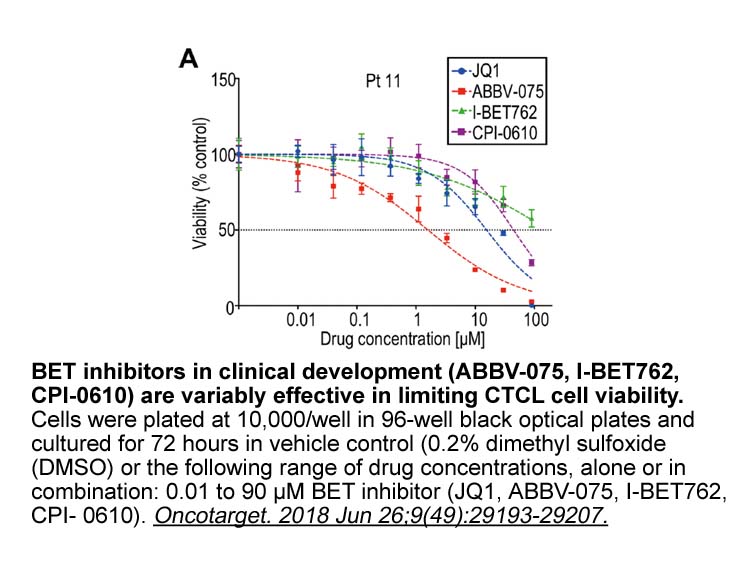
The binding of DHAP to aldolase resulted in a dramatic decrease of aldolase affinity to FBPase – KAapp was reduced more than 100 times. The dependence of the complex activity versus increasing DHAP concentration was biphasic (Fig. 3a). Supposedly, the first phase of the curve represents the state in
-
Fisetin australia Introduction Pneumocystis pneumonia PCP is
2022-01-27
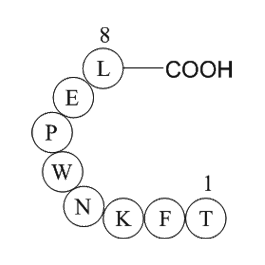
Introduction Pneumocystis pneumonia (PCP) is a respiratory invasive infection caused by Pneumocystis jirovecii, an ubiquitous fungus. It is transmitted by air and mostly infects immunocompromised patients. PCP is characterized by respiratory complaints of cough, dyspnea, but also tachycardia, low g
-
The H autoreceptors distributed mainly
2022-01-27
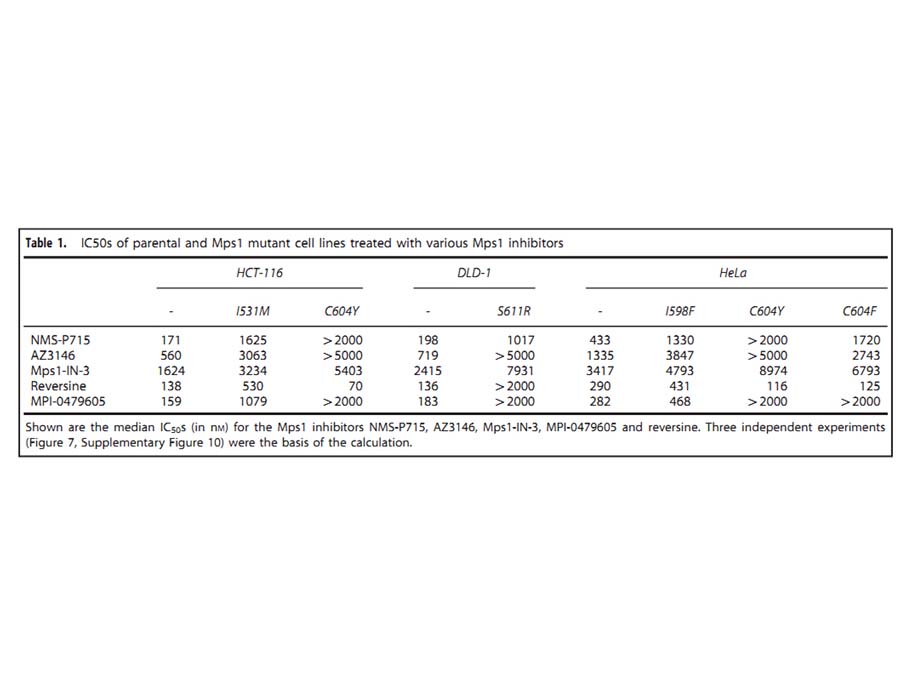
The H3 autoreceptors distributed mainly in the CNS act as a negative feedback on histamine synthesis and release from histaminergic neurons. Histamine is involved in many physiological functions such as sleep-wake regulation, circadian and feeding rhythm, thermal regulation, locomotion, learning, co
-
Distribution of histamine receptors in the intestines varies
2022-01-27
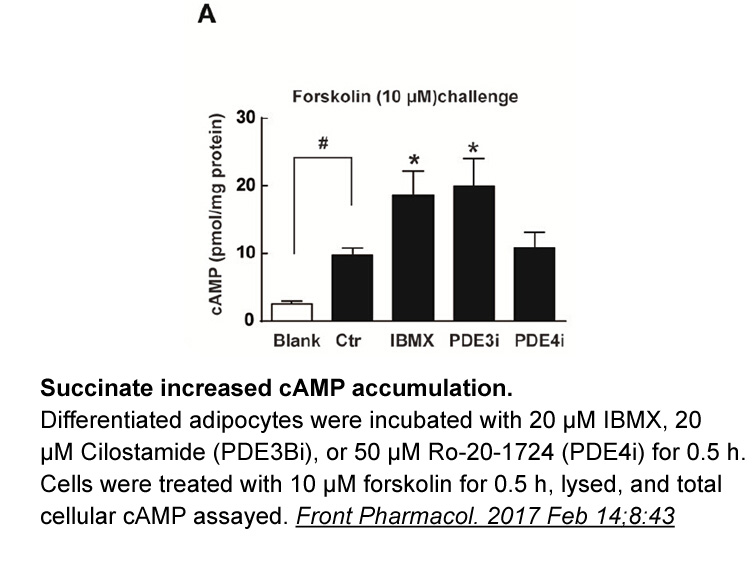
Distribution of histamine receptors in the intestines varies among species, but our findings are similar to those previously reported in humans and guinea pigs (Thurmond, 2010, Thurmond, 2015). H1 receptors were located mainly in the gastric mucosa, smooth muscle, and lymphoid tissue, corresponding
-
With LML methyl oxo dihydropyridazin yl piperidin
2022-01-27
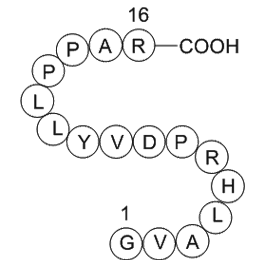
With LML-134 (1-(1-methyl-6-oxo-1,6-dihydropyridazin-3-yl)piperidin-4-yl 4-cyclobutylpiperazine-1-carboxylate) containing drug-likeness properties (MW 375.47, five HBA, and MLogP 1.88), Novartis presents an additional drug-candidate to treat excessive sleepiness. A phase I clinical study was perform
-
The haspin gene is also unusual because it lacks introns
2022-01-27
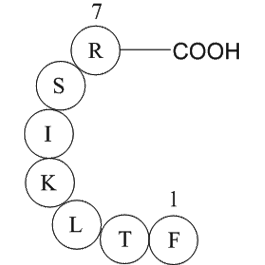
The haspin gene is also unusual because it lacks introns. This is more remarkable when one compares the mammalian genes to those of likely haspin orthologs that are present in the genomic sequences of other species. Such genes in Drosophilamelagonaster, Arabidopsisthaliana and Caenorhabditiselegans
-
Following our initial observation of an unexpected increase
2022-01-27
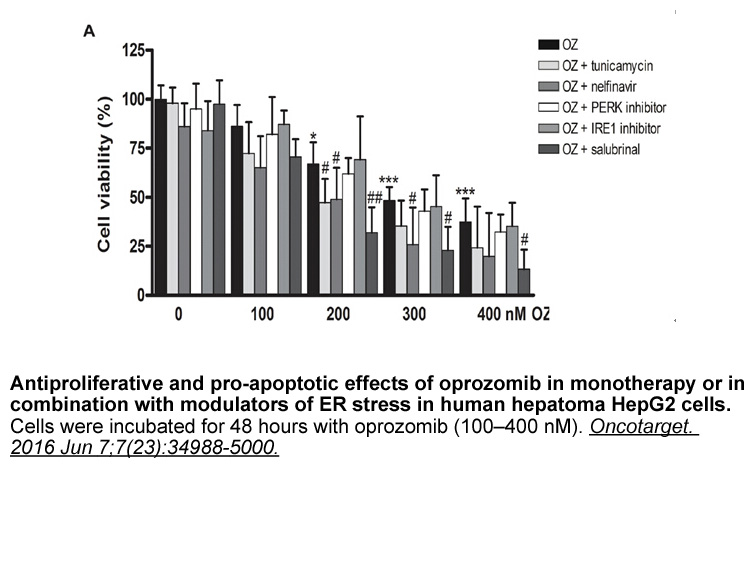
Following our initial observation of an unexpected increase in the maximal rates of cGMP formation by NO-stimulated sGC in the presence of cytosolic PCA preparations [15], we attempted to purify, identify and characterize the responsible protein(s). The purification protocol described in the present
-
br Activation of soluble guanylate
2022-01-27

Activation of soluble guanylate cyclase The molecular steps involved in sGC activation have evolved significantly over the last several years. The key studies are outlined below, but here we provide an overall summary. The activation mechanism of sGC was initially proposed to be relatively simple
-
Fibronectin protein level was not affected by DIF although f
2022-01-27
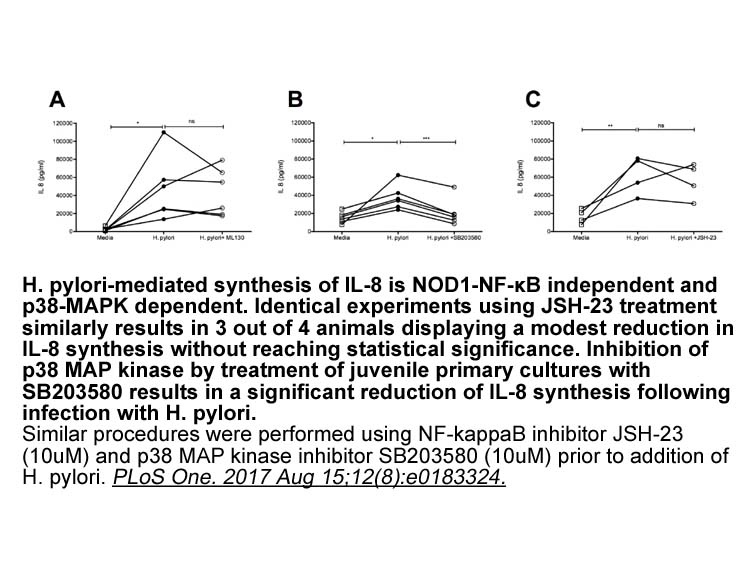
Fibronectin protein level was not affected by DIF-1, although fibronectin has also been considered a canonical Wnt signaling pathway target gene product [39]. Thus, the canonical Wnt signaling pathway may not be critical for the regulation of the expression of fibronectin in malignant melanoma cells
15962 records 484/1065 page Previous Next First page 上5页 481482483484485 下5页 Last page